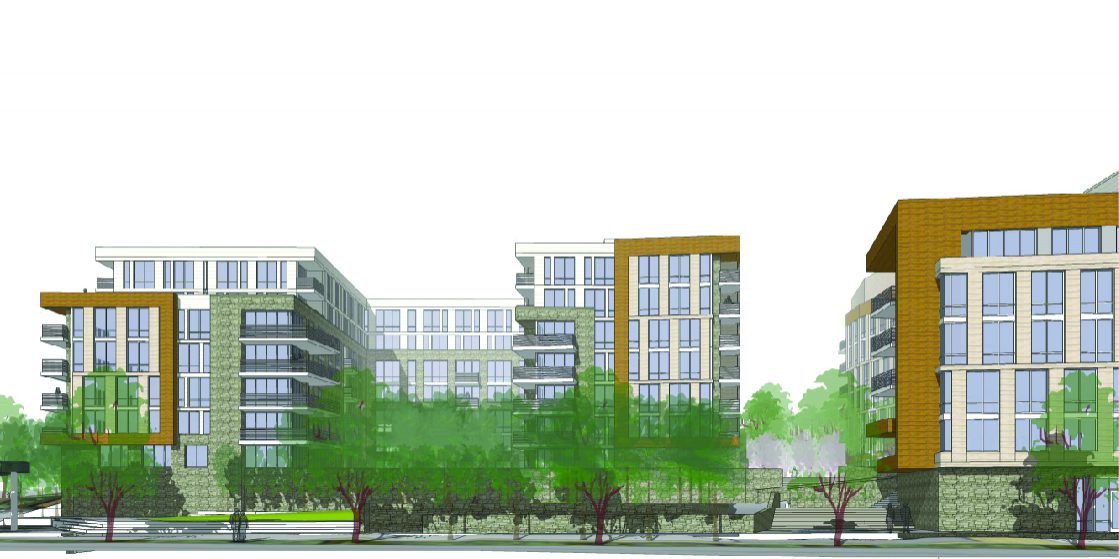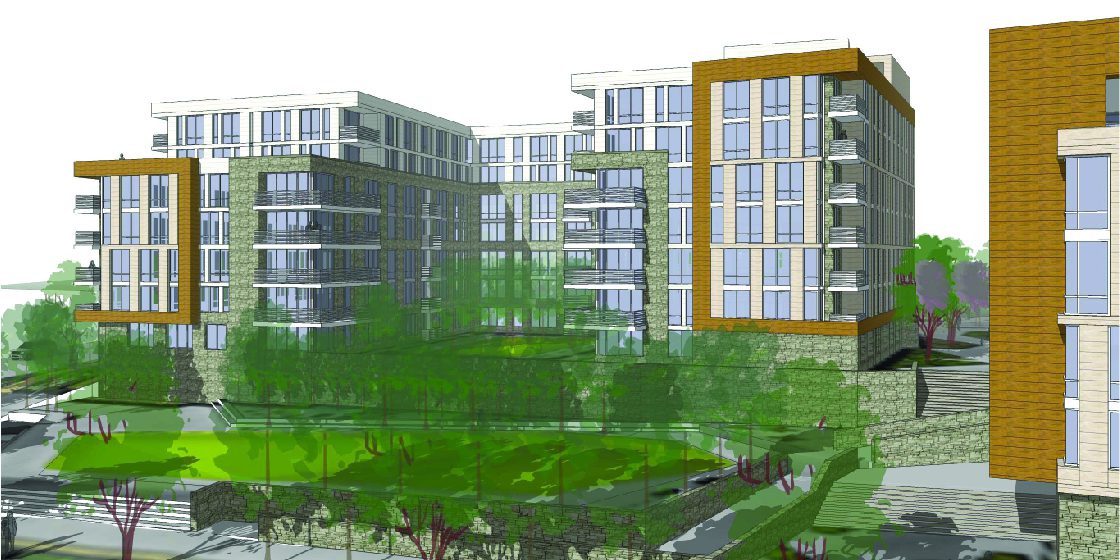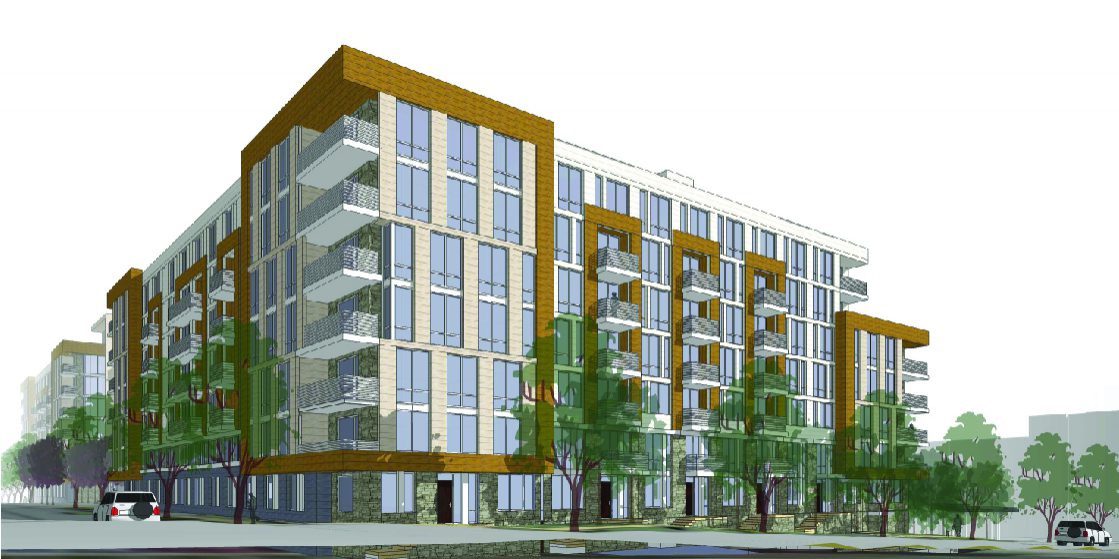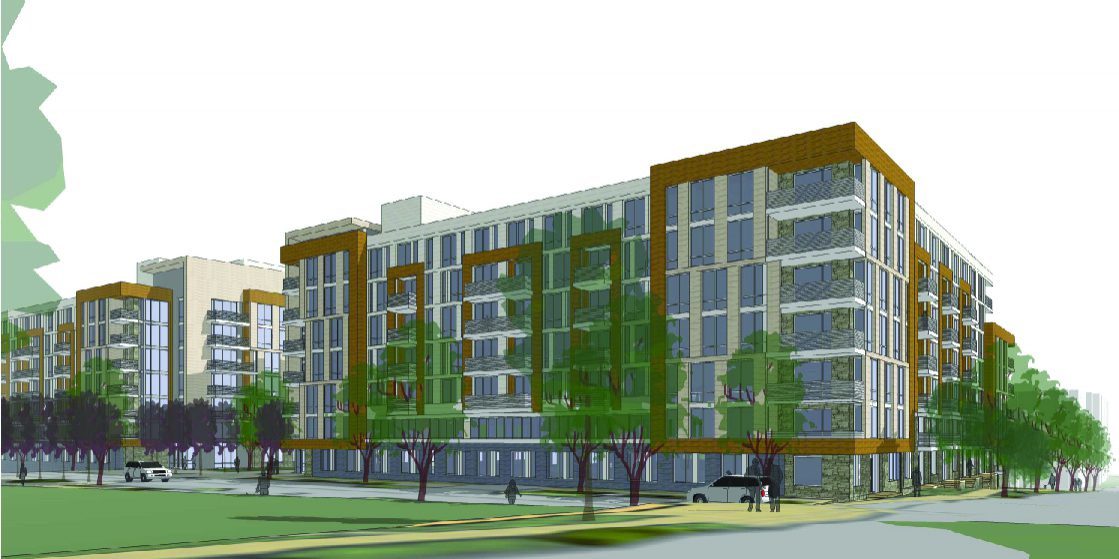Case Study
A 200 unit Cooperative located in the District of Columbia faced foreclosure by the US Department of Housing and Urban Development (HUD). The mortgage was declared to be in default and foreclosure proceedings had begun.
Additionally, fiscal year-end audit raised the question as to whether the Cooperative could continue to be a going concern as liabilities exceeded the value of assets.
Lastly, the City Council approved a bill that declared the Cooperative subject to eminent domain.
Background
The project built in 1968 was left with no funding source, operating deficits, concern about whether it was an ongoing entity, increased debt, and physical deterioration with no strategy to move forward.
The Cooperative with Board of Directors and membership approval engaged Dallas Evans and Felix Yeoman (“the principals”) to achieve the goals of establishing an overall financial strategy for the project that:
Enabled Cooperative members to realize economic/equity benefits
Ensured support of the Cooperative’s proposed redevelopment plans from relevant District Agencies
Developed and implemented a relocation strategy for members
Developed and implemented a communications plan which facilitated keeping track of residents during the construction phase of the project
Ensured the development and implementation of an actionable strategy for holding the Developer accountable to the agreed upon development plan.
Performance
The first challenge for the Principals was to improve the Cooperative’s profitability. Using cost-cutting measures and reducing delinquent carrying charges resulted in the Cooperative going from operating deficits to operating profits.
The improved profitability also stabilized the physical deterioration of the property which enabled the Cooperative to pass HUD’s Real Estate Assessment Center (REAC) annual inspections. Failure to pass the inspection would have given HUD cause to take over the property.
The Principals then formulated a plan to reposition the asset by changing the designated land use and zoning; identifying financial resources for the entitlement process; and, developing and implementing a relocation strategy.
Execution of the plan ensured that the Cooperative would attract a development partner and change the value of the land. The Cooperative, led by the Principals, lobbied local and federal government officials to gain their support for changing the land use designation and zoning. This would create density consistent with the surrounding neighborhoods. Without the change in land use and zoning, there would be no economic benefit or right to return for the members. The principals successfully garnered the support of the local government officials and the land use designation was changed from low density to high density, mixed-use, and mixed income. This approval made the property more attractive to the development community and significantly reduced the risk to the owners and potential developers.
The Cooperative, led by the Principals, lobbied local and federal government officials to gain their support for changing the land use designation and zoning. This would create density consistent with the surrounding neighborhoods.



Boggs & Partners Architects
The Securing of Additional Financial Resources
The Principals recognized that the Cooperative required a reliable funding source to complete the entitlement process as well as fund any operational deficits. This would be achieved by selecting a pre-development partner.
The Principals subsequently developed a Request for Expression of Interest (REI) which was widely distributed to local and national developers doing business in the Washington DC area. Through the interviewing and vetting process, in conjunction with the Cooperative’s Board of Directors, a nationally recognized developer was selected. The Principals led the negotiation of a Development Agreement favorable to the Cooperative.
The Principals managed the aforementioned entitlement process by choosing the best professionals to complete the process, i.e. zoning counsel, architects, engineers, and other consultants. The Principals oversaw the design of the project while representing the interest of the Cooperative. An example of serving the member’s interest, occurred when the city and zoning counsel recommended a Floor Area Ratio (FAR) that would yield 750,000 square feet. The Principals, however, insisted and successfully secured approval for a FAR that yielded 1.2 Million square feet. This resulted in an increase of FAR of over 60% which is reflected in the increased value of the property.
The management of the entitlement process leads to approval of the zoning application.
The membership subsequently voted to sell the property to satisfy the outstanding debt, realize an economic benefit, and clear the way for the redevelopment of the property.
As a part of the Purchase and Sale Agreement, the Principals assisted in negotiating a Construction and Use Covenant that guaranteed the right to return for all members.
Acquisition of Vouchers
A contingency for the sale/purchase was the property had to be delivered vacant. To achieve this goal and most importantly ensure a smooth transition for the Cooperative members it was imperative to convert the Section 8 Housing Assistance Payments to individual vouchers that would allow the members the flexibility to move anywhere they desired until that time they could return to the redeveloped property. This required engaging the Housing Authority to solicit their support and discuss and confirm the member’s rights. Vouchers were successfully secured for all members who were eligible.
Relocation
The Principals provided leadership in the relocation process through the initial selection of a relocation contractor, the negotiation of the contract, and the monitoring and constant oversight of contractor’s performance. This was a crucial element of the process due to the fact that the delivery of a vacant property was a significant contingency in the purchase and sale agreement and nonperformance would have delayed closing. All members were successfully relocated.


Boggs & Partners Architects
Economic Benefit to Cooperative Members
The engagement of Messrs. Evans and Yeoman resulted in significant economic and quality of life benefits to the members of the Cooperative. The Cooperative was initially in dire financial straits having incurred new debt from a developer who terminated their agreement, as well as debt from the US Department of Housing and Urban Development. Also despite a significant investment to the Cooperative through loans the property still faced deteriorating physical conditions. All development proposals placed before the Cooperative where financially infeasible due to the large affordable housing component. Each proposal did not allow a guaranteed financial benefit to the members and did not guarantee a right to return. The proposals required the member to return the benefit to the property or were based on a profit matrix that may or may not be successful. As a consequence of the affordable housing component, each proposal reviewed assigned a zero value to the land with some discounting the value to a negative factor.
The Cooperative could have sold the property to pay its debts and avoid foreclosure, however, this would have resulted in the displacement of the members and no economic benefit.
It was determined that the only way to achieve success for the Cooperative was to solicit the City’s to change the zoning to create enough density to absorb, maintain and preserve the affordable housing component making it attractive to a potential developer or investor.
This was a daunting task because the City had different plans for the area despite allowing zoning changes and a development boom to all of the surrounding jurisdictions.
This task was accomplished through Messrs. Evans and Yeoman’s business, legal, and personal relationships and experience in the industries of real estate and executive management. The Principals used their professional expertise to select a new development partner to fund all entitlement and pre-development costs, fund operation shortfalls, and fund the cost of the continuing REAC inspections.
Conclusion
Most importantly the Principals increased the Floor Area Ratio (FAR) of the property which boosted the market value (which previously was proposed to be zero), allowed the Cooperative to pay off its debts, partner with a developer to redevelop the property, ensure members the right to return, and provide each member with an economic benefit. The Principals also secured individual vouchers for each eligible member.
